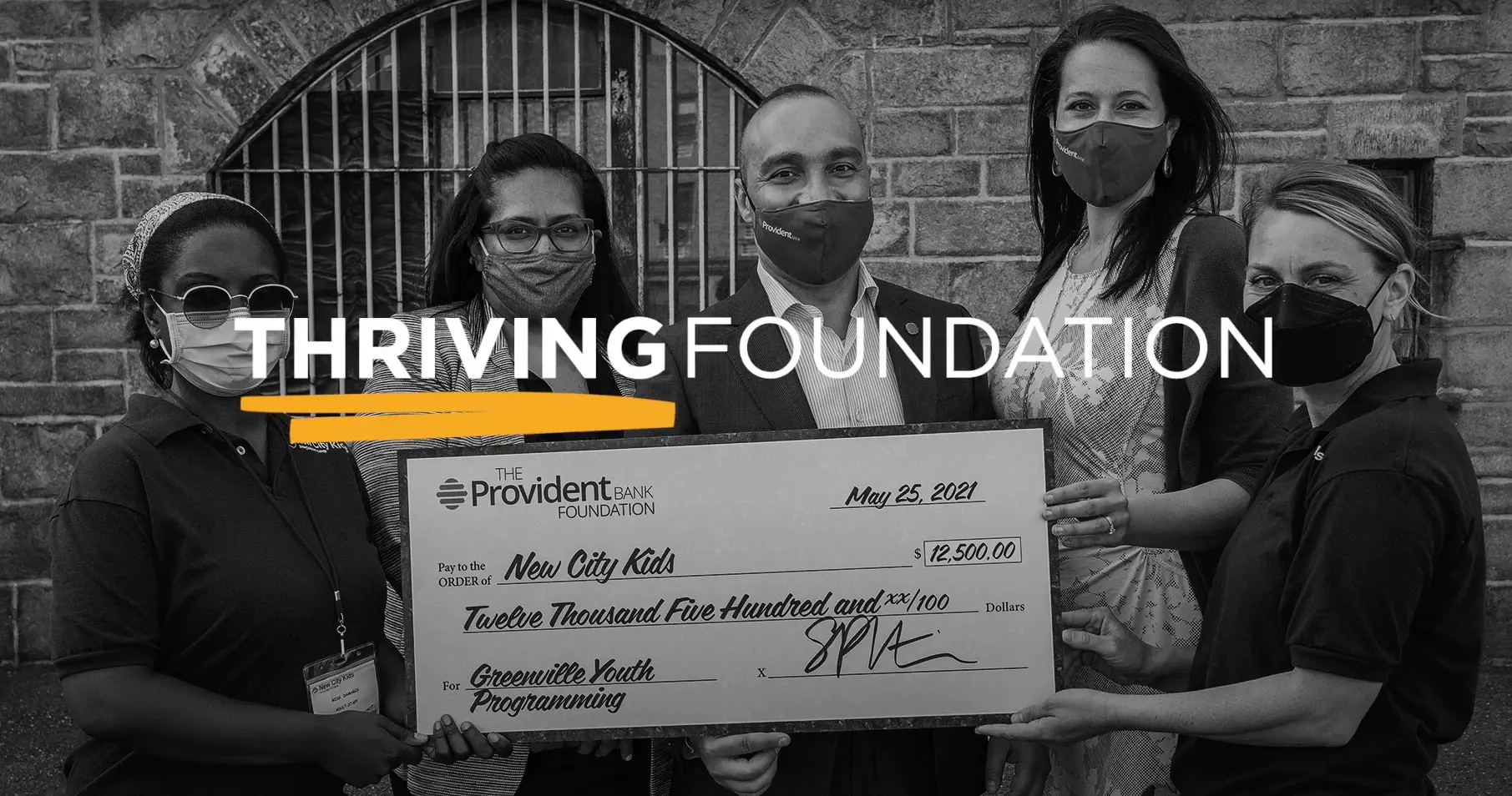
FDIC-Insured - Backed by the full faith and credit of the U.S. Government

FDIC-Insured - Backed by the full faith and credit of the U.S. Government
 VIEW ALL EDUCATION & INSIGHTS
VIEW ALL EDUCATION & INSIGHTS
September 22, 2017
The Yield Curve - What Does it Mean to My Business?

The future of interest rates has been a leading topic among economists in the recent past. The discussions were fueled by the 2016 Presidential election, the Fed’s decision to increase its “overnight rate” twice this year and US Treasury rates continued fluctuation. While opinions vary, higher interest rates are inevitable. With this in mind, and the historically low interest rates over the past 9 years, business owners and banks alike, need to carefully analyze what higher interest rates mean to their respective businesses.
As a point of perspective, there is a whole generation of companies and people who have never experienced an interest of 5%, never mind the 10% and 15% many of us can remember. Not only do these higher rates seem unimaginable now, equally unimaginable is that business was conducted with near double digit interest rates, profits were made, personal income grew and inflation was under control. While there is no suggestion here that rates are moving in that direction, the comfort and stability of the recent low interest environment seems to be waning.
As you conduct an analysis of what higher rates mean to your company, a brief review of the yield curve and its dynamics is appropriate. The yield curve reflects an interest rate for a specified duration and its shape is generally on an upward slope. Typically, the longer the duration, the higher interest rate, otherwise known as a “normal” yield curve. At times the curve can be “steep” meaning uncertainty of the future causes rates to be higher. A “flat” yield curve demonstrates a lack of “spread” in rates between short and long term durations indicating uncertainty regarding interest rate movements in the future. An “inverted” yield curve reflects long duration interest rates sloping downwards as economic conditions are expected to slow.
The great recession has for the most part seen a flat yield curve which has put great pressure on bank earnings. Borrowers on the other have enjoyed interest rate protection in both short and long term duration loans. The two recent short term interest rate increases by the Federal Reserve have not correlated necessarily into higher long term rates as those markets tend to work independently. For example, in 2017, the Prime rate (short term duration) has increased 50 basis points since March while the 10 Year Treasury Note (long term duration), has declined almost 40 basis points as of early September.
Economists, bankers and investors are all clamoring for normalcy in the markets; however, low interest rates, coupled with an employment level viewed as full and inflation well below is target all seem to point to unchartered waters. While it is unlikely your business will end up with Gilligan on a deserted island, you should consider the potential of the yield curve normalizing, and what that means for your business.
As we enter the 4th quarter and you begin tax planning, financial statement preparation and forecasting for next year, a review of your financing arrangements and interest rate risk would be prudent. Your accountant and banker are critical to this process and can bring value to the analysis.
I would like to take this opportunity to congratulate Harry Chowansky on being the recipient of the Robert A. Briant, Sr. Memorial Award, Carl Bloomfield for being the recipient of the Larry Gardner Memorial Award, Steve Brawer on being inducted into the NJ Construction Industry Hall of Fame and Zone Striping for its 35 years in business. Lastly, I want to congratulate our good friend Tom Hardell, President/COO of George Harms Construction Company on being named President of the UTCA and wish him great success.
William. J. Ruckert, III is Senior Vice President of Middle Market Lending at Provident Bank. Based in Provident’s Iselin office, Ruckert oversees commercial financing for companies with sales of $15 million or more. He holds a bachelor’s degree in business administration from Loyola College in Maryland.








 Views
Views


 Views
Views

 Go Back
Go Back











